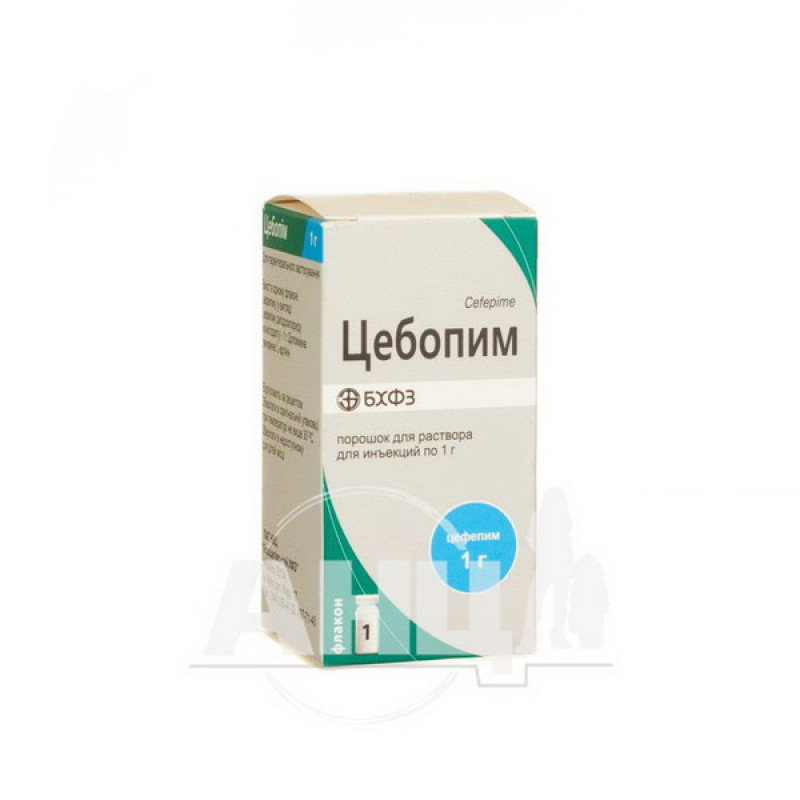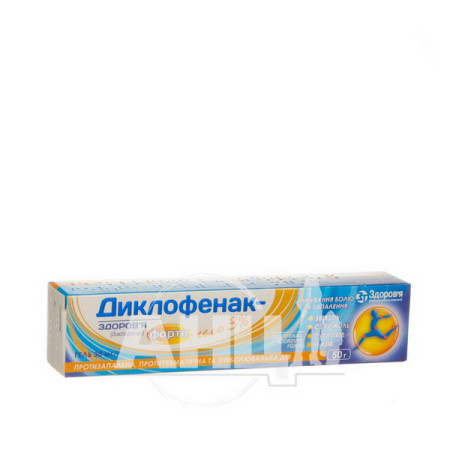Cebopime powder for solution for injection 1 g vial No. 1

Cebopim powder for solution for injection is prescribed for the following indications:
Adults. Infections caused by microflora sensitive to the drug:
respiratory tract infections, including pneumonia, bronchitis; skin and subcutaneous tissue infections; intra-abdominal infections, including peritonitis and biliary tract infections; urinary tract infections, including pyelonephritis; gynecological; septicemia.children:
pneumonia; urinary tract infections, including pyelonephritis; skin and subcutaneous tissue infections; septicemia; empirical therapy of patients with neutropenic fever; bacterial meningitis.Composition
Active ingredient: cefepime in the form of cefepime dihydrochloride monohydrate (sterile in terms of 100% anhydrous cefepime) - 500 mg, 1 g, 2 g;
Excipients: L-arginine.
Contraindication
Hypersensitivity to cefepime or L-arginine; Hypersensitivity to cephalosporin antibiotics, penicillins or other beta-lactam antibiotics.Method of application
Before using the drug, a skin test should be performed for tolerance.
The dose and route of administration may vary depending on the sensitivity, location and type of microorganisms, the severity of the infection, and the age and functional status of the patient. Usually, adults should be given 1 g intravenously/intramuscularly every 12 hours. The course of treatment is 7-10 days. Severe infections may require longer treatment.
Application features
Pregnant women
Cebopim should be used during pregnancy only if the expected benefit to the mother outweighs the potential risk to the fetus.
Children
The drug should be used in children aged 1 month and older.
When using lidocaine as a solvent, the safety information for lidocaine should be considered.
Drivers
Not studied. If dizziness, hallucinations, confusion or other side effects from the nervous system occur that may affect the reaction rate, you should refrain from driving a car or other mechanisms.
Overdose
Symptoms: in case of significant excess of the recommended doses, especially in patients with impaired renal function, the manifestations of side effects are aggravated. Symptoms of overdose include encephalopathy, accompanied by hallucinations, impaired consciousness, stupor, coma, myoclonus, epileptiform seizures, neuromuscular excitability.
Treatment. The drug should be discontinued and symptomatic therapy should be administered. Hemodialysis accelerates the elimination of cefepime from the body; peritoneal dialysis is ineffective. Severe immediate-type allergic reactions require the use of adrenaline and other forms of intensive therapy.
Side effects
Adverse reactions are rare.
Immune system: hypersensitivity reactions, including anaphylaxis, anaphylactic shock, angioedema.
Skin and subcutaneous tissue: skin rash, itching, urticaria.
Digestive system: nausea, vomiting, oral candidiasis, diarrhea, colitis, constipation, abdominal pain, dyspepsia, change in taste.
Hepatobiliary system: hepatitis, cholestatic jaundice.
Nervous system: dizziness, headache, restlessness, insomnia, paresthesia, confusion/loss of consciousness, convulsions/epileptiform seizures, myoclonus, encephalopathy, hallucinations, stupor, coma.
General disorders and administration site conditions: fever, sweating, chest/back pain, asthenia, injection site conditions including inflammation, phlebitis, pain.
Infections: candidiasis, vaginitis, genital itching, pseudomembranous colitis, other superinfections.
Respiratory system: respiratory distress, cough, sore throat, shortness of breath.
Cardiovascular system: tachycardia, vasodilation, pain in the heart area.
Human anatomical models: renal failure.
Blood and lymphatic system: anemia, eosinophilia, transient leukopenia, neutropenia, agranulocytosis, thrombocytopenia.
Interaction
Given the potential nephrotoxicity and ototoxicity of aminoglycoside antibiotics, high doses of these drugs are used concomitantly with cefepime under renal function monitoring.
The use of cephalosporins with diuretics (e.g., furosemide) leads to increased nephrotoxicity of the former.
To avoid possible drug interactions with other drugs, cefepime solution (like most other beta-lactam antibiotics) should not be administered simultaneously with solutions of metronidazole, vancomycin, gentamicin, tobramycin sulfate, and netilmicin sulfate. If Cefepime is prescribed with these drugs, each antibiotic should be administered separately.
Storage conditions
In the original packaging at a temperature not exceeding 30 °C.
Keep out of reach of children.
Shelf life - 3 years.
There are no reviews for this product.
There are no reviews for this product, be the first to leave your review.
No questions about this product, be the first and ask your question.




